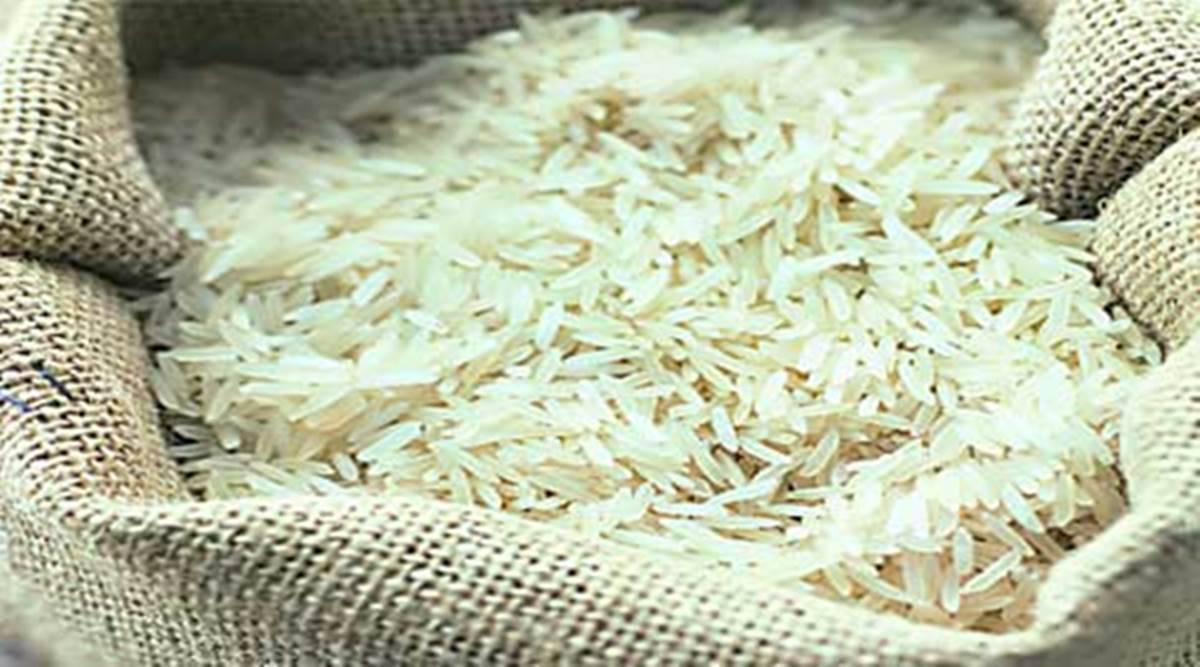Most diabetics are in a dilemma about the amount of carbohydrates they can consume and whether they can have what they have been familiar with, rice and wheat. Yet it is true that diabetics need carbohydrates, too, but their quality and quantity need to be watched, preferably complex variants which take time to be broken down into glucose in the body and prevent sugar swings.
“For a person with diabetes, 40-45 per cent of the total kilocalories of the day should be met by carbohydrates,” says Dr Sonia Gandhi, Head, Department of Clinical Nutrition and Dietetics, Fortis Mohali.

So how much of rice can a diabetic have? “A diabetic person is allowed to have at least 30 gms of rice (raw). When compared with a 30 gm wheat chapati, which has the same carbohydrate content, the absorption rate of glucose from rice is higher. According to the portion size list issued by the National Institute of Nutrition, a portion size counts for 30 gm of raw rice or any other cereal-based product,” explains Dr Gandhi, adding that reading labels on food is important to know the calories and nutrition of a food item.
As for the total number of carbohydrates or calories a person can take in the entire day, the value, she says. depends on the height, weight, exercise patterns and dose of medication of an individual. A doctor and a nutritionist, she says, can work out the right number of carbs/calories a person with diabetes can consume to keep the levels of blood glucose normal, which is possible by eating small portion sizes of carbs at regular intervals.
THE RIGHT PORTION OF RICE
According to Dr Gandhi, it is never recommended that a person with diabetes must avoid carbohydrates completely. The quality and quantity of the carbohydrates must be considered. “Complex carbohydrates such as whole grains, pulses, legumes, fruits and vegetables rather than simple carbohydrates like sugar, maida, potatoes, banana, jaggery, honey, juices and processed foods are always advised. According to the portion exchange, 30 gm of rice gives 20 gm of carbohydrates. A controlled amount and complex form of carbohydrates are advised in gm as per distribution and requirements of calories for a person with diabetes, because glucose, the product of carbohydrates, gives a spike in the blood sugar levels after digestion and absorption. So, 30 gm of raw or uncooked rice counts for one portion size,” explains Dr Gandhi.
IS BROWN RICE BETTER?
Most Read 1Chandrayaan-3 mission: Dawn breaks on Moon, all eyes on lander, rover to wake up 2As Indo-Canadian relations sour, anxiety grips Indian students, residents who wish to settle in Canada 3Karan Johar says Sanjay Leela Bhansali did not call him after Rocky Aur Rani: ‘He’s never called me but…’ 4Gadar 2 box office collection day 40: Hit by Shah Rukh Khan’s Jawan onslaught, Sunny Deol movie ends BO run with Rs 45 lakh earning 5Shubh’s tour in India cancelled: Why is the Canada-based singer facing the music?
Brown rice, says Dr Gandhi, has more fibre content (1.8 gm), when compared with simple white rice (.4 gm), so it is a better alternative. “But there is not much difference in the carbohydrate amount of white rice as well as brown rice. Although affordability needs to be taken care of.” Enriching rice with vegetables and pulses and combining a portion of rice with beans increase the nutritional value of the meal. “Simple boiled rice can be modified by adding more vegetables as in the form of khichdi/ pulao or just by replacing it with some whole grains such as oats, whole wheat, jowar or bajra.”
Also, people on a diet must consider the glycaemic index (GI) of food. GI is a scale (0 to 100) that quantifies how fast the body converts carbohydrates from food into glucose and the impact on blood sugar levels. Desserts, aerated drinks, cakes, pastries, and pies made with white flour (maida) convert more quickly into glucose, as compared to complex carbs. “Rice has been categorised in the high glycemic rank, that is 70 or above.”
TIPS FOR SELECTING RICE
Also ReadRight or left arm? What is the right way of measuring BPHow a German hospital used ayurveda as supportive therapy to help Parkins…What if I cannot sleep more than 5 hours despite my best efforts? How to …What causes death from dengue? What symptoms to watch out for?
While choosing rice, says Dr Gandhi, one must take care of colour, texture, aroma, contamination, adulteration and overall quality from a nutrient perspective. “Choosing healthy rice is when one is aware of extra added nutrients such as fibre, extra vitamins and some other trace elements.”
Nutritional value of rice
A portion of 100 gm of rice gives:
Energy: 130 kcal
Protein: 2.7 gm
Fat: 0.3 gm


